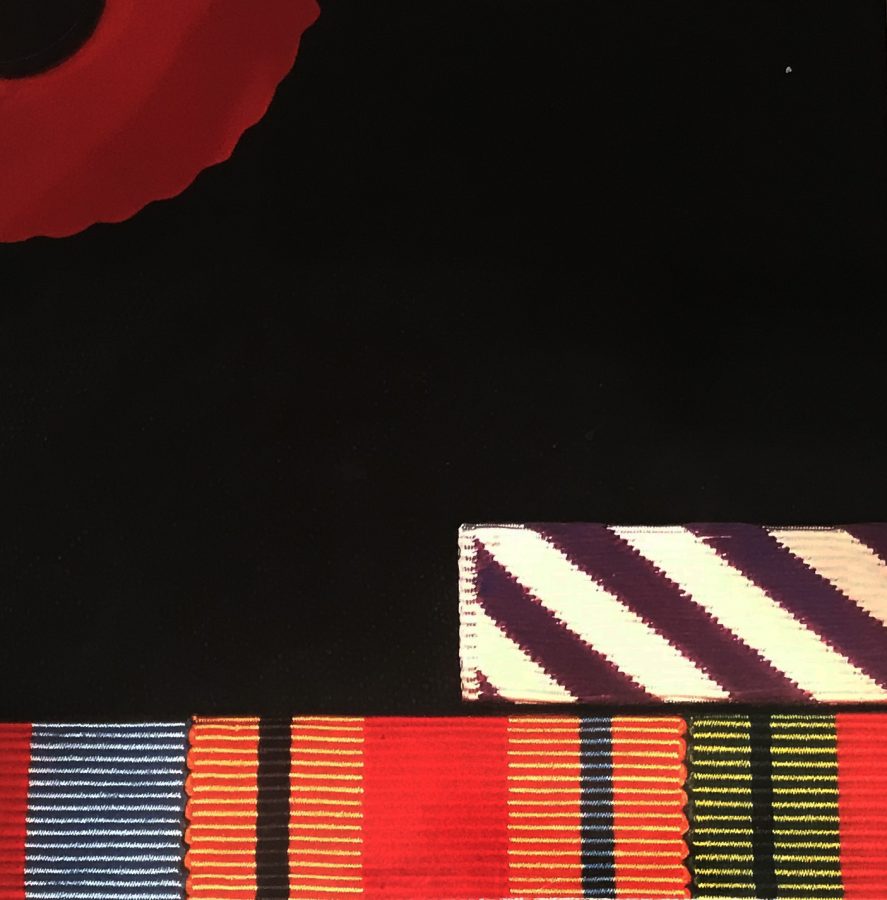The Final Cut
Review of Pink Floyd’s final album as a quartet.
Just after the release of the groundbreaking rock opera The Wall, Pink Floyd and its’ fan base both had no idea where to go next. The sessions in which The Wall was recorded were notoriously filled to the brim with tension between band members, often resulting in harsh verbal abuse and sometimes even physical violence. Roger Waters, the band’s bassist, principal songwriter and conceptual leader at the time, had recently fired keyboardist Richard Wright over petty concerns of backstabbing and laziness. With Waters and guitarist David Gilmour not even speaking to one another most of the time, the possibility of another album from the group was in the air. After The Wall, a continuation of the album was planned to be released with songs that weren’t good enough for the album, supposedly to be titled Spare Bricks. This was the project that later became the band’s final album with Waters: The Final Cut.
Production of this album was filled with more conflict than their previous one. Gilmour infamously denounced the idea of the album entirely.
“If these songs aren’t good enough for The Wall, why are they good enough now?” Walters said.
Eventually, the project stemmed out to include more original material and not solely outtakes from The Wall. However, they still make up a reasonable portion of the album. Due to the large amount of Waters compositions, instrumentals, and vocals on this album, partly because he and Gilmour’s relationship got to the point where they didn’t even want to be in the same recording studio at the time, fans often liken The Final Cut to be a de facto Roger Waters solo album. Gilmour is present on some songs, most often performing a guitar solo like in tracks such as “The Fletcher Memorial Home” and “Your Possible Pasts.” However, Gilmour was given lead guitar and vocal duties on the penultimate track on the album, the loud and fast “Not Now John.”
The album starts with the sound of passing cars and jangling coins, reminiscent of the band’s hit song “Money” from their revolutionary The Dark Side of the Moon, then a horn section slowly fills the silence. Roger Waters’s quiet vocals start, and the listener is introduced to the main theme of this album: The effects of war on the people of the world, and what comes after. A secondary theme is introduced, a recurring lyrical theme of Waters lamenting over the death of his father, who passed away when Waters was young. Often he is blaming the war for the death of his father, or more specifically, previous UK prime minister Margaret Thatcher. Skipping ahead a few songs to “The Gunner’s Dream,” this track features a soothing piano-based first half that erupts into a guitar-filled coda after an emotional saxophone solo that cross-fades Waters screaming the lyrics “And hold on to the dream!” A couple tracks ahead brings the listener to “The Fletcher Memorial Home,” a hypothetical place Waters named after his father to house the “overgrown infants” and “incurable tyrants and kings” that he says rule the many powerful countries of this world. The album ends with the four-track medley consisting of “Southampton Dock/The Final Cut/Not Now John/Two Suns in the Sunset.” “Southampton Dock” tells the story of a woman who waves soldiers goodbye on a dock as they head off to battle. “The Final Cut” is in many ways autobiographical for Roger Waters, detailing his frustrations with this world and the state of many of the countries he’s fond of, post-World War II. “Not Now John,” the only song with lead vocals by David Gilmour, is a loud rocker that is from the point of view of a regular citizen of Britain (Which the word “John” in the title means, not the name), who is dismissive of the changing times and instead is told to focus working blue collar jobs for the betterment of the country. The album ends with “Two Suns in the Sunset,” a song telling the story of a world that is living in a nuclear winter, with debris and ash covering the Earth’s surface. With a nuclear blast in the distance, the narrator comes to terms with existence and warns the listener that this is what the world can come to with only a fair few bad decisions. The song ends with a saxophone solo, and then the sound of cars passing by. The final song by Pink Floyd featuring Roger Waters has ended.
The record is very melancholy, with only a few songs being what one would call “loud,” near the beginning and end of the album. A very emotional album filled with symbolism, grief, and anger, the themes presented in this album are still very relevant to this day. A great addition to any lover of soft-rock, and a gem in the discography of later Pink Floyd. This album is a high recommend.
Your donation will support the student journalists of Cypress Woods High School. Your contribution will allow us to purchase equipment and cover our annual website hosting costs.




